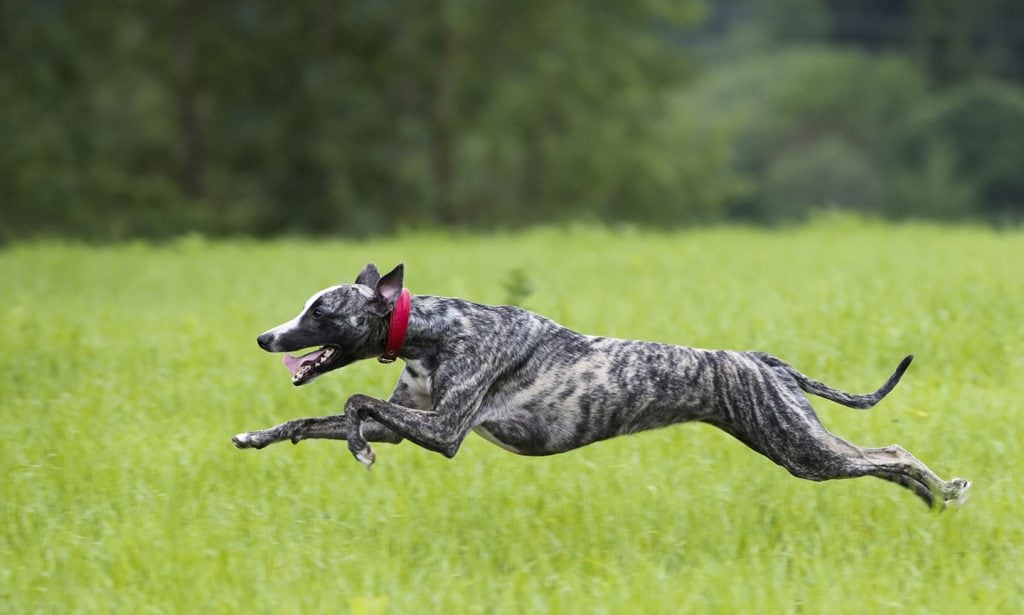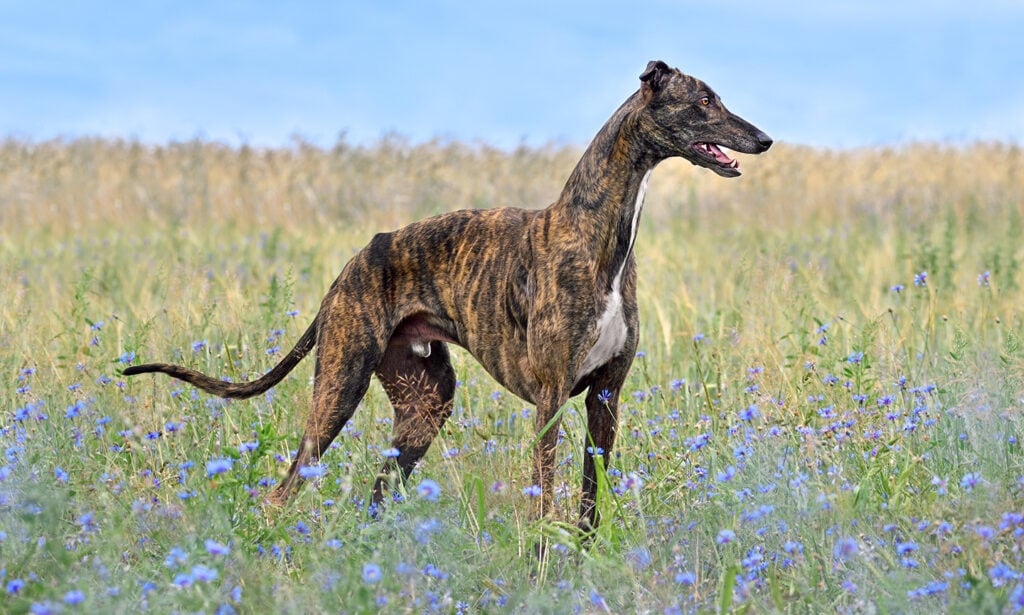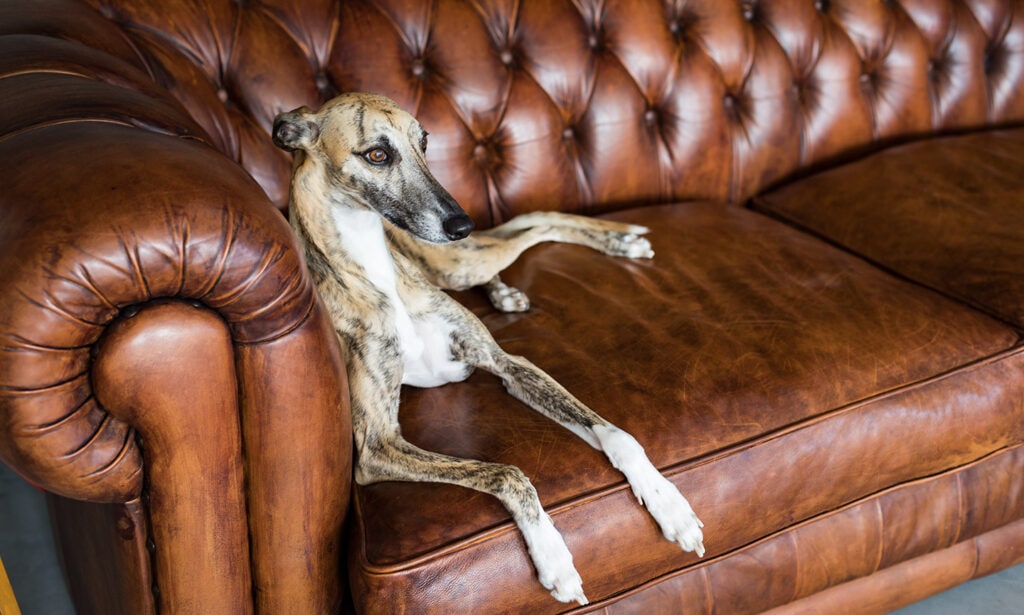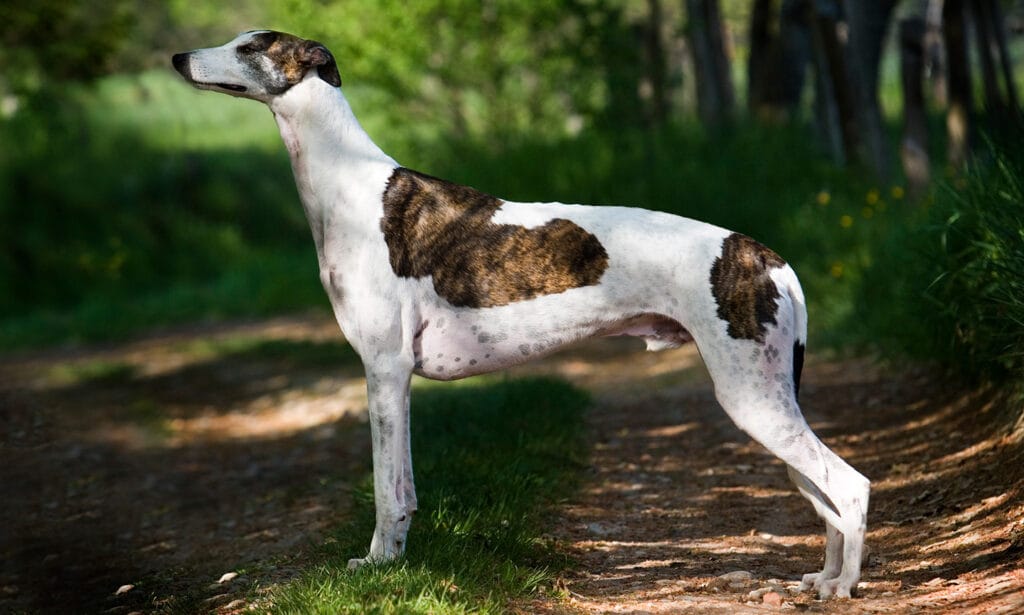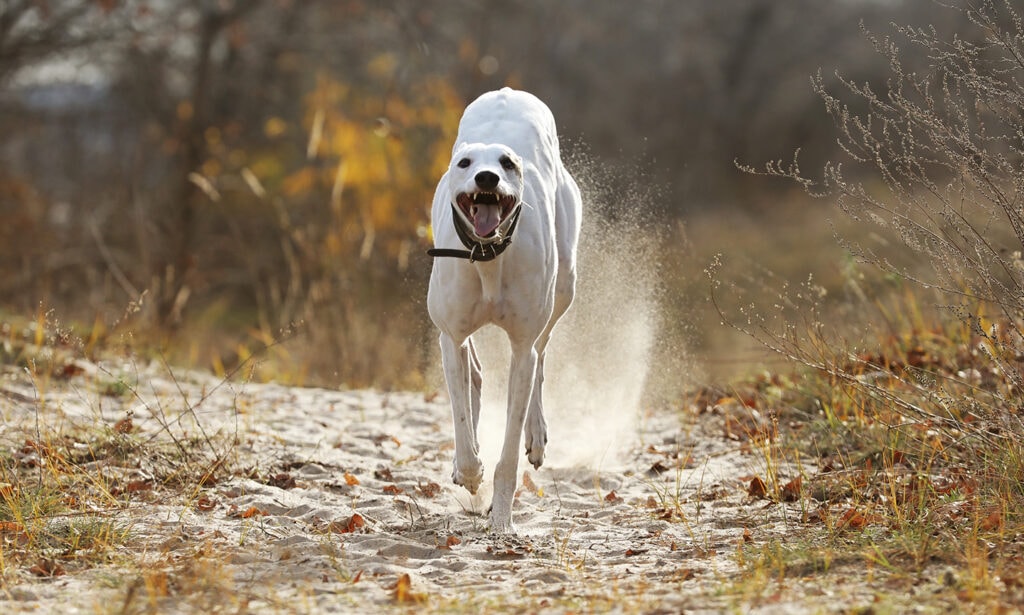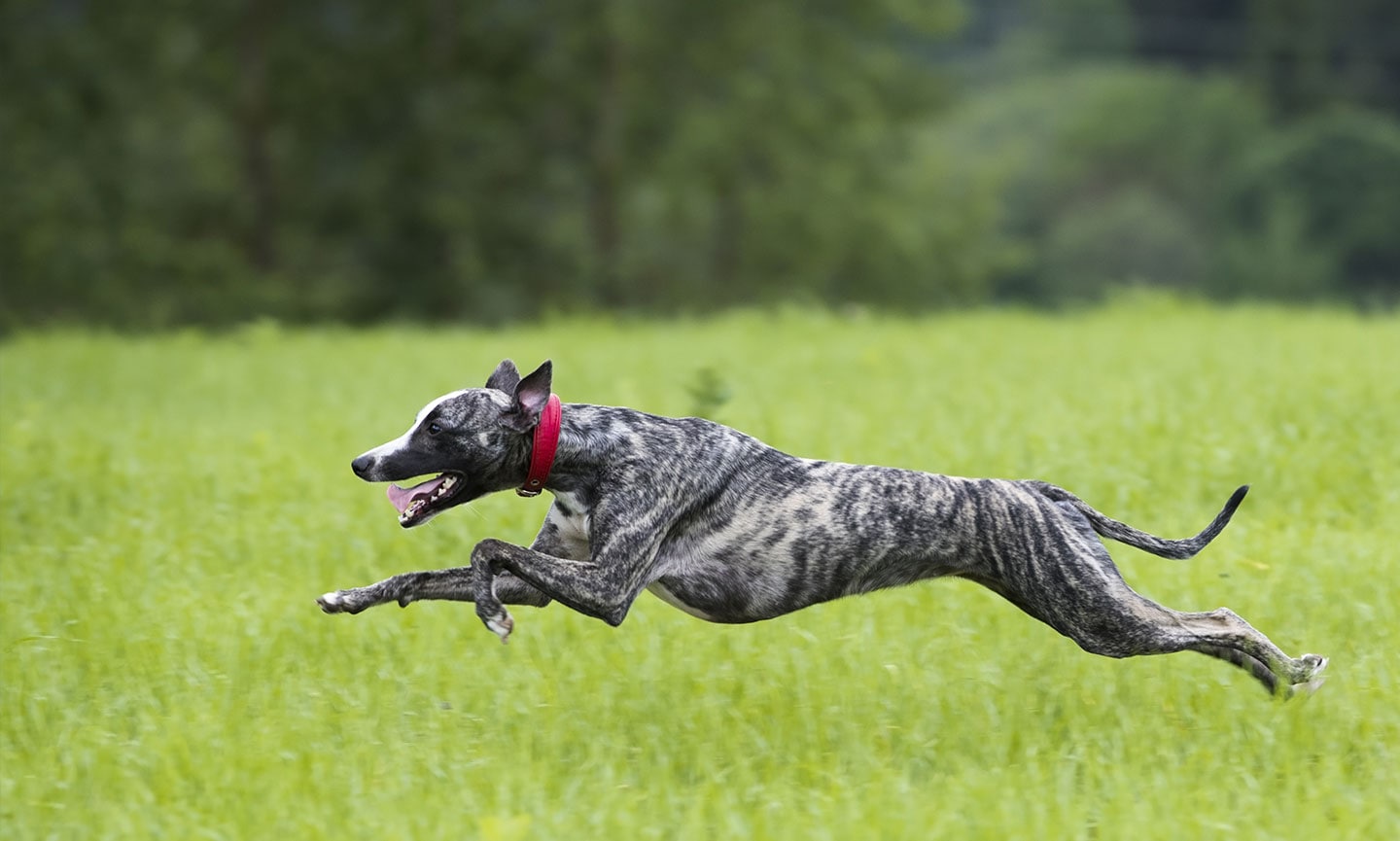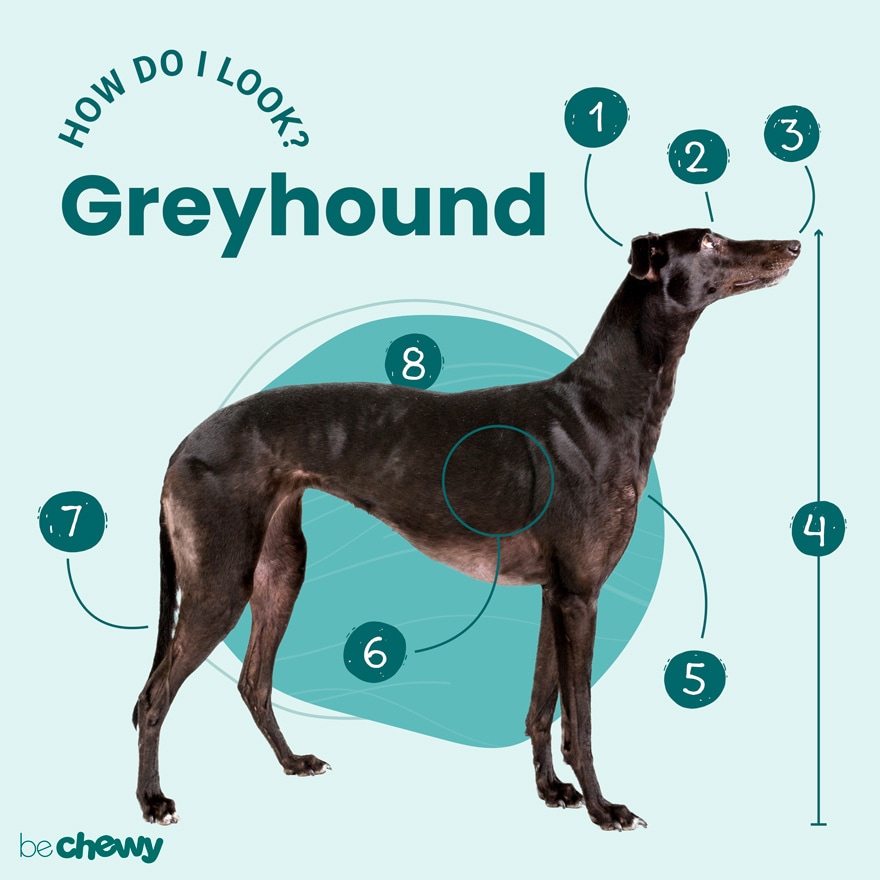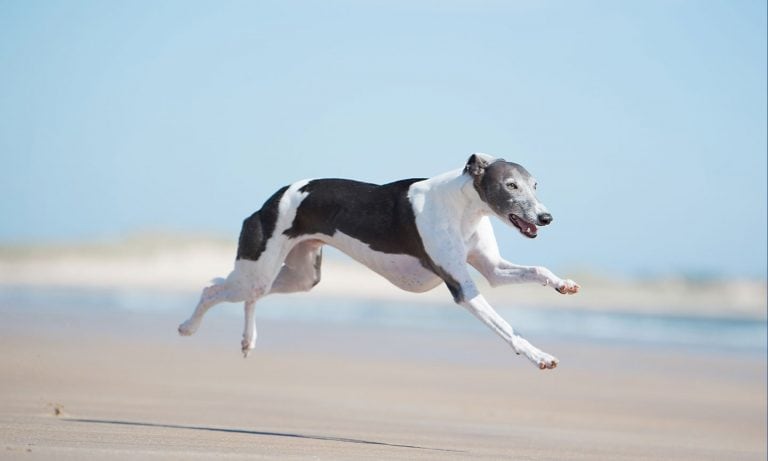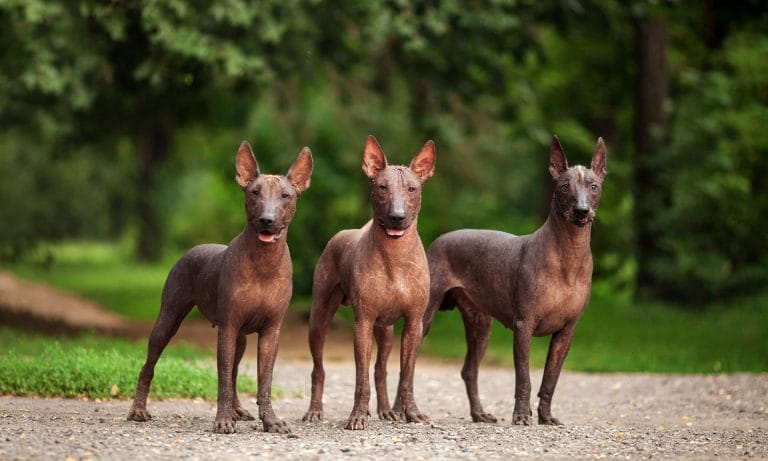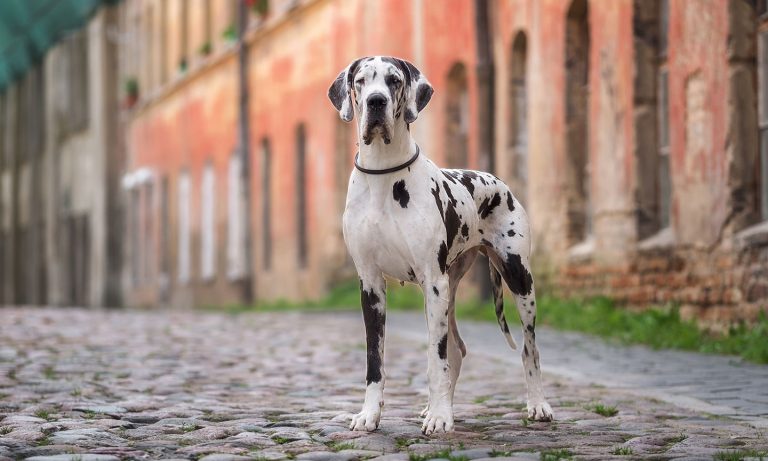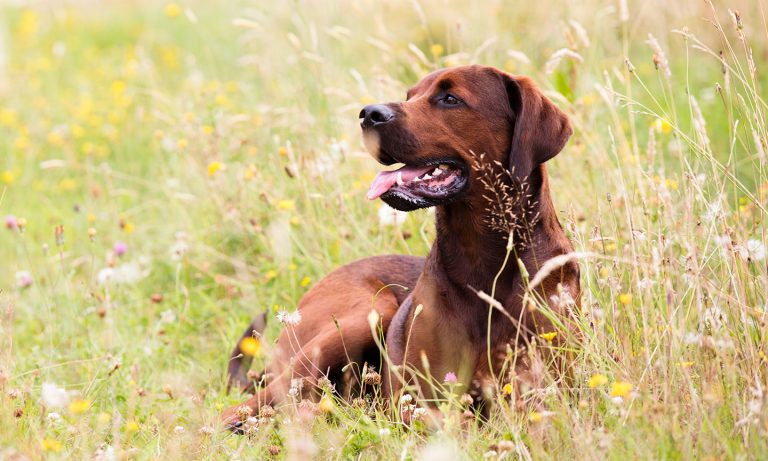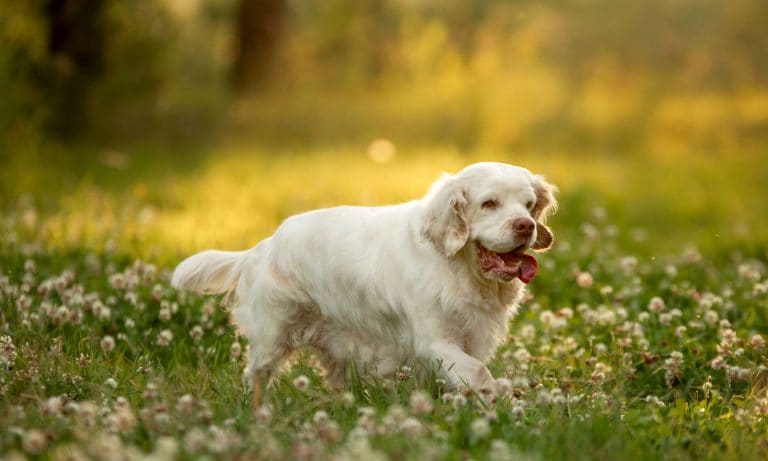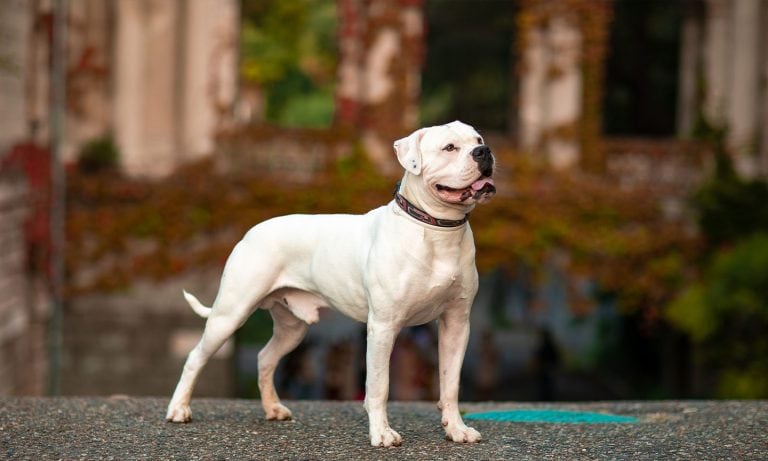Greyhounds are the track stars of the dog world. But not that cross-country nonsense. These dogs are all about sprinting events. Don’t worry, you don’t have to run along with them—as if you could keep up! They’re just happy to have you as their cheer squad, so feel free to take your seat and watch them in action from the comfort of your fenced-in backyard. And yes, a fence is a must because once these dogs get going, there’s not much stopping them. (They were bred to hunt game by sight without help from humans, so they’re quite independent.) You might be wondering if they ever sit still long enough for you to shower them with love. They do, and they’re actually quite laid back when not zooming all over the place. Just don’t make the mistake of picking up your keys, or else they’ll be headed to the door before you know it.
Breed Snapshot
Temperament:
GentleLaid BackIndependentCoat Color:
BlackBlack BrindleBlue BrindleRedRed BrindleWhiteWhite And BlackWhite And Blue BrindleWhite And RedBlueBlue FawnWhite And Black BrindleWhite And BlueWhite And Blue FawnWhite And Red Brindle
Best For
The Greyhound is a sleek sighthound known for their incredible speed and gentle demeanor. Originating from ancient Egypt, Greyhounds have long been sought after by royalty and nobility, and were prized for their game-chasing abilities. Today, these dogs make affectionate companions and family pets.
Greyhound Temperament
Greyhounds (aka English Greyhounds) are friendly, gentle dogs who make great family pets.
This dog breed has spurts of energy they need to get rid of (off-leash) throughout the day, but once their energy is depleted, they’re quiet and calm. Unless there’s a rabbit or a squirrel nearby, they are a pretty chill breed who will lie at your feet when you’re relaxing at home.
Because Greyhounds are sighthounds (dogs who hunt by sight instead of by scent), they were bred to pursue game independently of their human hunting buddies. That means they have a rather independent streak, so proper training and early socialization will help them be well-mannered members of the family.
How to Care for a Greyhound
The Greyhound breed is a laid-back dog with a maintenance routine to match. They don’t shed much nor do they need a lot of brushing. (They don’t even need a lot of baths!) And while they have really high energy levels, once that need for physical exertion is satisfied, they’re content to be a couch potato with you for the rest of the day.
Greyhound Health
Greyhounds have a life expectancy of 10 to 13 years and are generally healthy dogs. However, there are a few health issues you need to be aware of, so you can help your pup live the longest and happiest life possible.
- Gastric Dilatation-Volvulus (GDV): Because of their deep chests, Greyhounds may experience GDV (aka bloat), which causes the dog’s stomach to fill with gas and become twisted. It can occur suddenly and is a life-threatening emergency. To help reduce the chance of your dog experiencing GDV, use a slow feeding bowl at mealtime, keep the bowl on the ground (don’t elevate it) and avoid exercising at least an hour before or after mealtime. If you think your pup is suffering from GDV, get to your vet immediately.
- Greyhound Neuropathy: This inherited neurological condition, also referred to as Greyhound polyneuropathy, appears to only affect this breed and causes abnormalities to the nervous system. Symptoms usually occur at around 8 to 12 weeks old and show up as muscle weakness, lack of desire to exercise and even showing up as a “gallop” with turned-out knees. There is no treatment for the condition at this time, but genetic screening testing is available so be sure to ask your breeder.
- Blood Clotting: Some Greyhounds have problems with blood clotting that may appear delayed (up to 5 days) after an injury, surgery or dental work. Here, the blood starts to clot, then the clots dissolve. There is no way to predict if a dog has it until the intense bruising shows up. There are medications that can help with clotting, so make sure to ask your vet.
- Cancer: Bone cancer (osteosarcoma) is a common cancer for Greyhounds. Signs to look for include weakness, lameness, limping, swellings on the body or exhibiting signs of hunger, but your dog is losing weight. Treatment options include pain medication, chemotherapy, radiotherapy and surgery.
- Back and Joint Problems: If your Greyhound is a retired racer, they might experience pain and stiffness in the joints (like arthritis) from their previous career. Maintaining a high-quality diet and regular exercise can help prevent some of these joint issues. Ask your vet if they recommend supplements to help prevent or alleviate joint health problems with your Greyhound.
- Drug Sensitivity: Greyhounds have a sensitivity to some drugs due to a deficiency in a group of liver enzymes (cytochrome P450) responsible for drug metabolism. This means they could have prolonged recovery after anesthesia or sedation, but it will not impact their normal day to day life. Be sure to discuss any questions or concerns with your veterinarian.
Greyhound History
Their origins are rooted deep in ancient history—ancient Egypt, to be exact. Pharaohs reportedly used them to hunt wild game, and pictures of Greyhounds can be found in pyramids.
In more modern times, Greyhounds became a recognized sign of nobility in Europe during the Middle Ages (mere commoners couldn’t have them), and later, their high-class status was cemented in Renaissance paintings. In the 16th century, lure coursing became a popular sport (using real rabbits), but the winner didn’t always catch the rabbit. The competing dogs were judged mainly on their speed, concentration and agility. The rules of lure coursing are basically the same to this day (minus the live rabbits, of course).
Their popularity continued to swell through the 19th century in England and Wales, as Greyhounds were used to get rid of hares, foxes and badgers from fields. Coursing races were still incredibly popular with the wealthy, too, and it didn’t hurt that Prince Albert (married to Queen Victoria) had one as a pet in the 1800s. That Greyhound was captured in a painting called “Eos, A Favourite Greyhound, Property of HRH Prince Albert.”
Greyhounds were brought to the U.S. from Ireland and England during the mid-1800s to hunt down jackrabbits that were destroying Midwestern farms. (Greyhounds can see for up to half a mile, and these dogs are fast—their top speed is over 40 MPH, giving them a distinct advantage over their prey.)
The English love for racing Greyhounds followed the dog to the United States. In the early 1900s, an American developed a lure that could run on the circular track used by horses. Greyhound track racing became a popular spectator sport in America, hitting its peak in the early 1990s. But they aren’t just great racers; Greyhounds were among the participants in the very first Westminster Kennel Club dog show in 1877.
Greyhounds joined the American Kennel Club in 1885 as one of the first recognized breeds, and the Greyhound Club of America was formed in 1907.
Are you interested in raising a Greyhound? Today, Greyhound puppies can cost up to $1,000 for a purebred. But for that price, you often get a dog who’s been screened for health issues and may come with pedigree papers. You can find reputable breeders at the AKC’s website. You can also adopt them through Greyhound rescues or keep an eye out for them at your local shelter. Search Chewy’s database for adoptable Greyhounds in your area to get started.
FAQs
How fast can a Greyhound run?
Greyhounds are fast—they can run up to 45 miles per hour for short distances. Because they are the fastest dog, they are often nicknamed the “cheetah of the dog world.”
Are Greyhounds hypoallergenic?
Greyhounds are not considered hypoallergenic even though they have short coats. They do produce dander and may spark a reaction in allergy sufferers.
Where do Greyhounds come from?
The Greyhound we know and love today comes from England, but the breed has deep roots in ancient Egypt.
What are the most common Greyhound mixes?
- Greyhound-Labrador Retriever mix (Greyador)
- Greyhound-Chihuahua mix (Greyhound-Chihuahua)
- Greyhound-German Shepherd mix (Shephound)
- Greyhound-Doberman Pinscher mix (Doberhound)
- Greyhound-Great Dane mix (Greyhound Great Dane)
Note: These are not purebred dogs but mixed breeds.

Top Takeaways
Greyhounds are loungers who love family time in the home almost as much as they love running. (And they do love to run!) While they are not as high energy as the Australian Shepherd, they do need a large, fenced yard to manage their energy bursts and use their amazing sighthound skills. This breed is a good option for first-time pet parents and families with children of all ages. While they can be a bit strong-willed and independent, their wonderful personalities make them great family pets.
Expert input provided by Lacey Rosenberg, DVM, Diplomate, American College of Theriogenologists, NorthStar VETS Veterinary Emergency, Trauma, and Specialty Center. Training expert input provided by Russell Hartstein, CDBC, CPDT-KA, at Fun Paw Care in Los Angeles.
Breed characteristic ratings provided by veterinarian Dr. Sarah J. Wooten, DVM, CVJ, a veterinarian at Sheep Draw Veterinary Hospital in Greeley, Colorado; dog trainer and behavior consultant Irith Bloom, CPDT-KSA, CBCC-KA, CDBC, owner of The Sophisticated Dog, LLC, in Los Angeles; and certified animal behavior consultant Amy Shojai, CABC, in Sherman, Texas.
The health content was medically reviewed by Chewy vets.

Search for Adoptable Greyhounds Near You
Female Names
- Bella
- Willow
- Ruby
- Penny
- Winnie
- Molly
- Callie
- Raven
- Salem
- Cleo
Male Names
- Milo
- Enzo
- Ollie
- Max
- Theo
- Jet
- Sunny
- Finnley
- Tanner
- Flash
Share:
